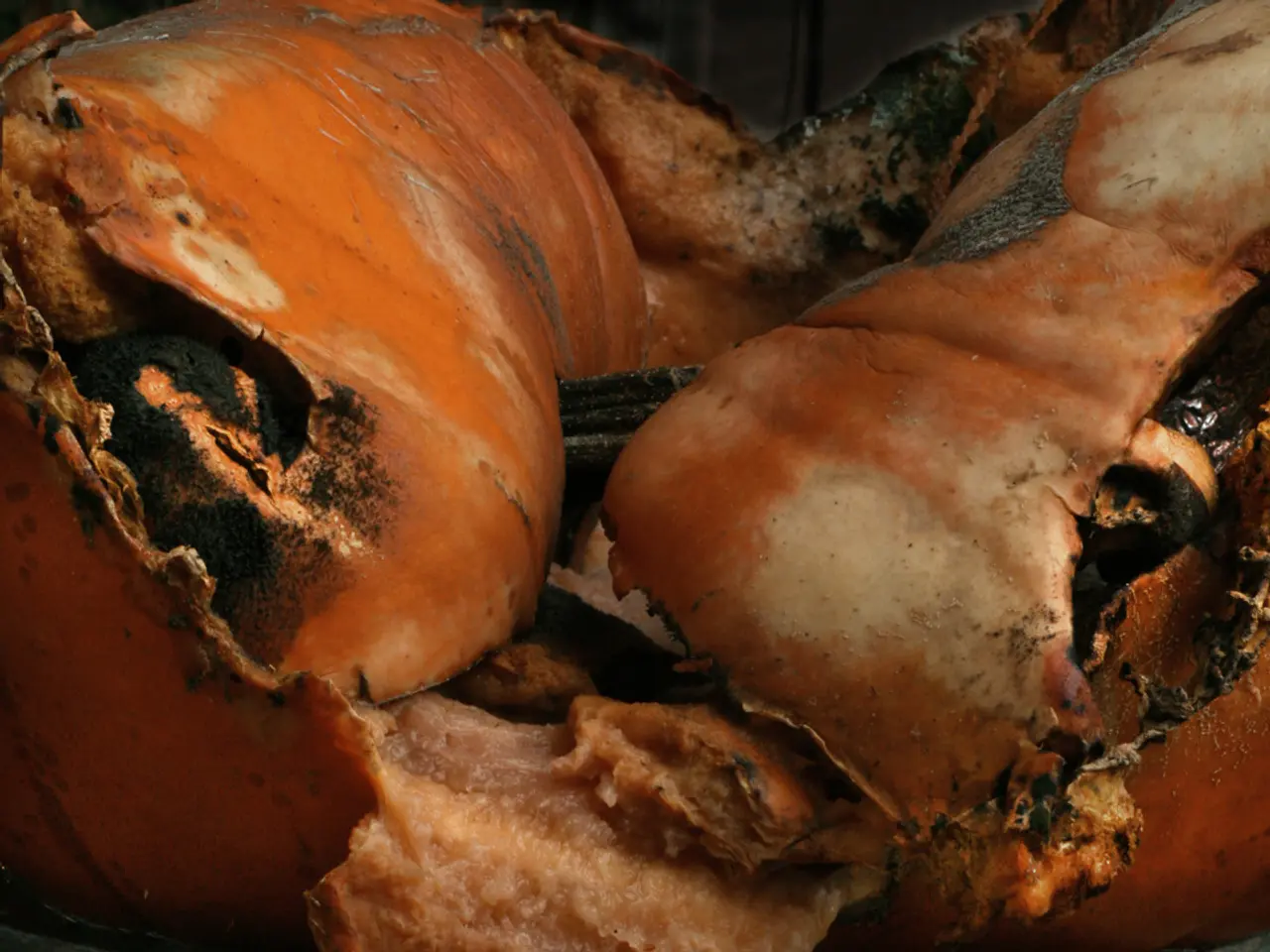Meat Safety: Key Storage and Cooking Guidelines
Meat safety and storage guidelines have been emphasized due to confusion among consumers. Key rules include selecting fresh meat, proper cooking temperatures, and safe freezing and refrigeration times.
When choosing meat, avoid discolored, strong-smelling, or slimy pieces, and those in damaged packages. Different meats require varying cooking temperatures for both taste and safety. Poultry must reach 165°F (73.9°C), while ground meats need 160°F (71.1°C).
Safe storage times depend on temperature. The freezer should be at 0°F (-17.8°C) and the refrigerator around 34°F (1.1°C). Uncured, raw meat generally lasts three days in the fridge, with freezing recommended for longer storage. Meat thermometers from brands like ThermoPro, Weber, and Meater ensure precise temperature measurement.
To minimize risks, buy meat last when shopping, and never consume it past the expiration or sell-by date. Frequent hand washing, separate surfaces, and avoiding cross-contamination are crucial when handling meat.
Proper meat handling and storage ensure safety and freshness. Key steps include selecting fresh meat, cooking to safe temperatures, freezing at 0°F (-17.8°C), and refrigerating at around 34°F (1.1°C). Regular hand washing and avoiding cross-contamination are also vital. Consumers should be aware of different storage times for various meats and use reliable meat thermometers for precise cooking.




